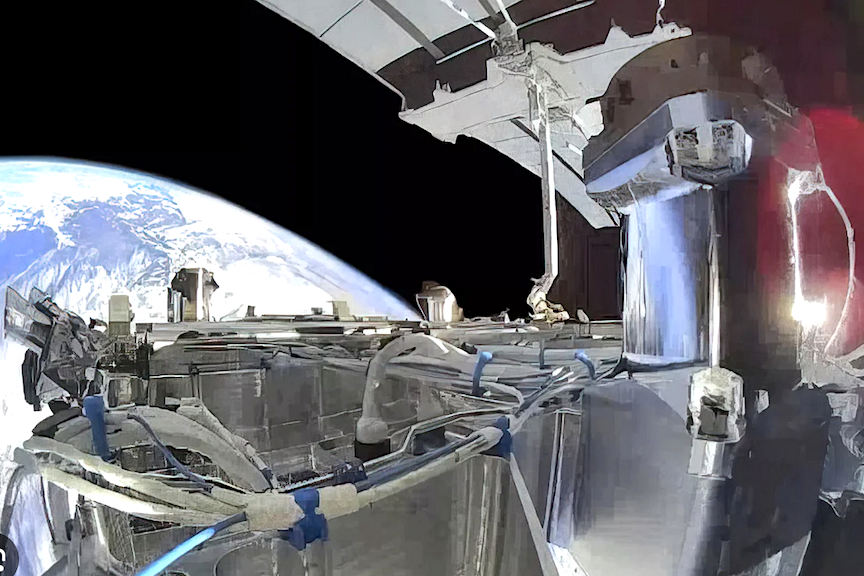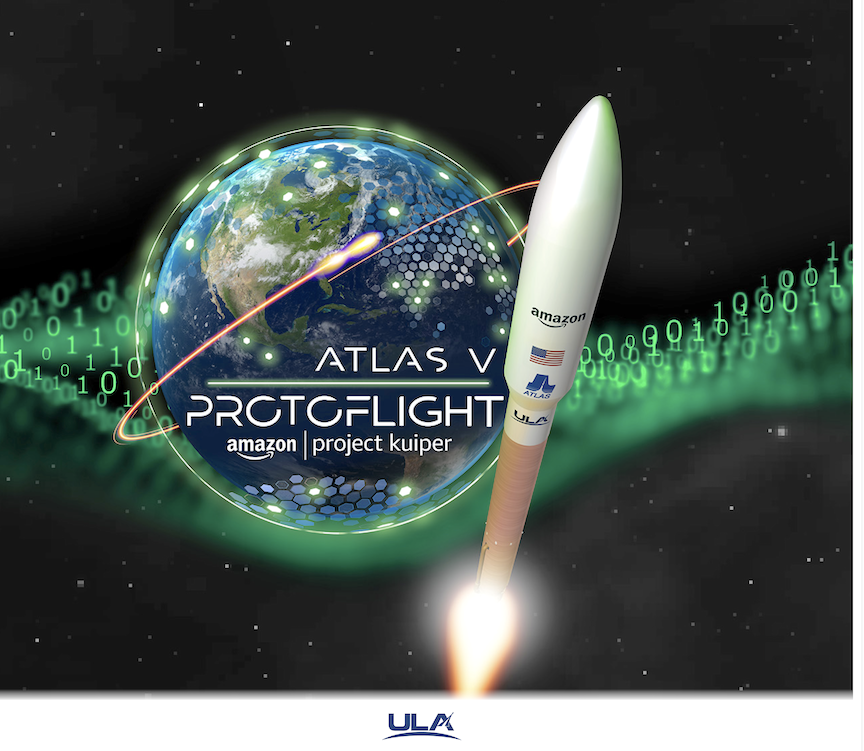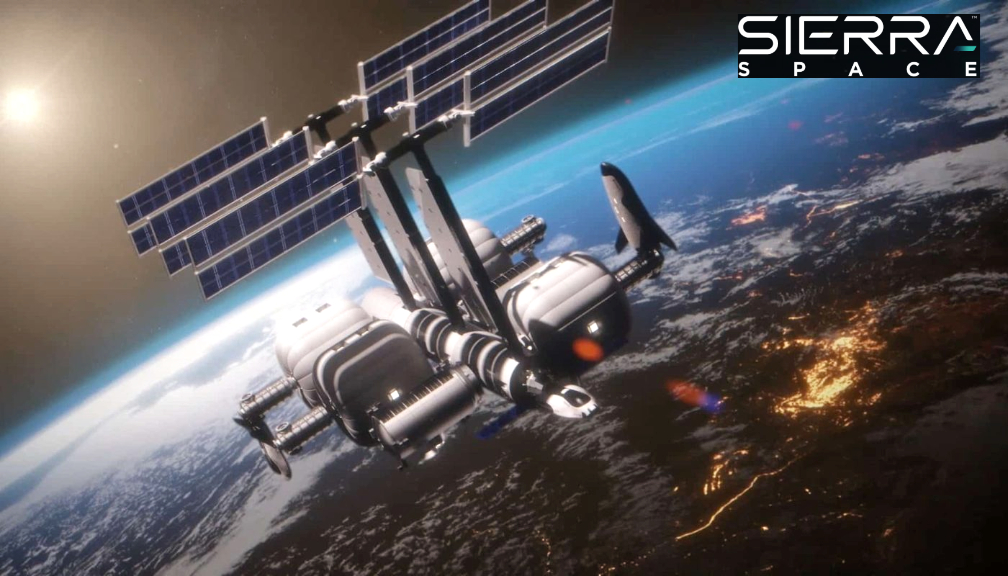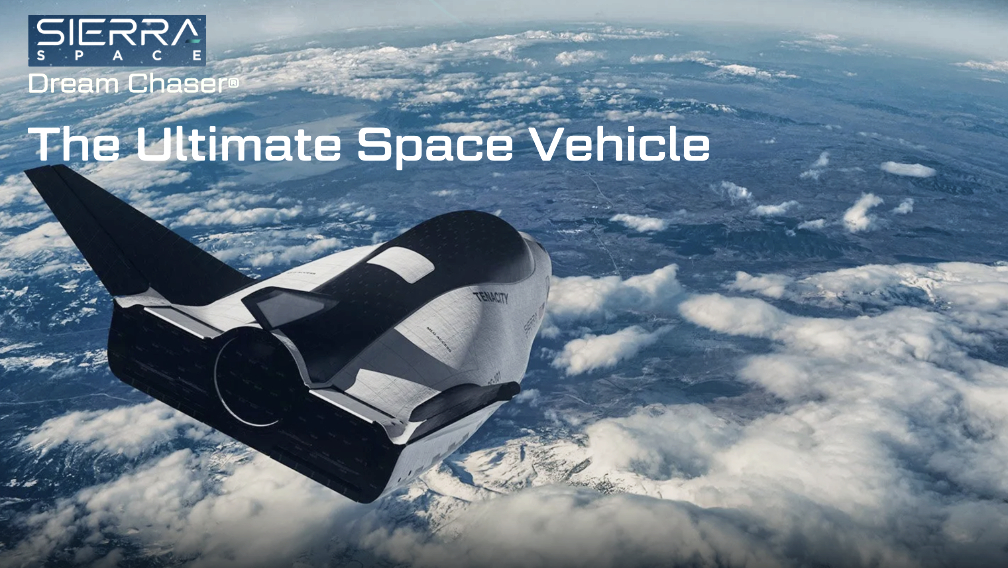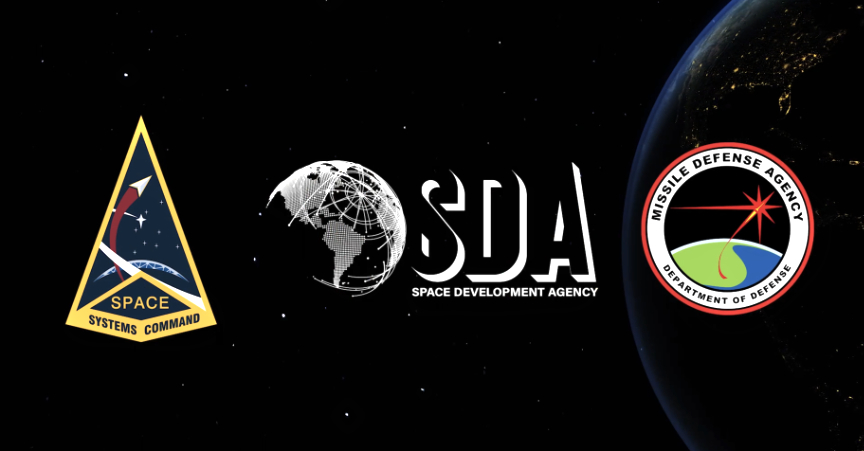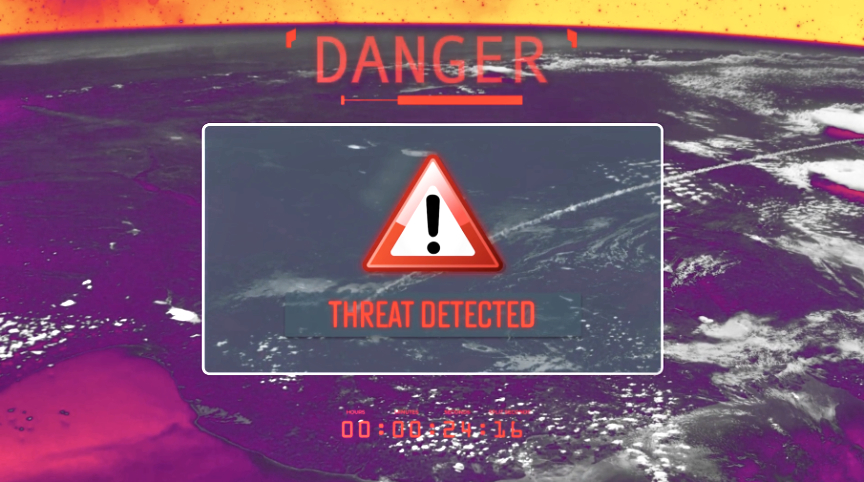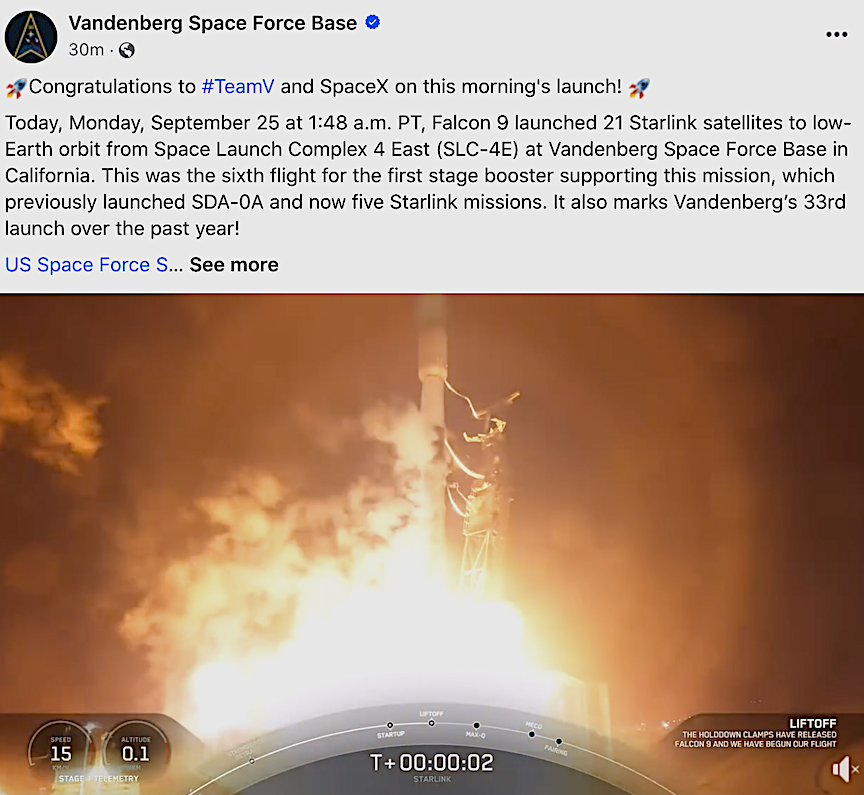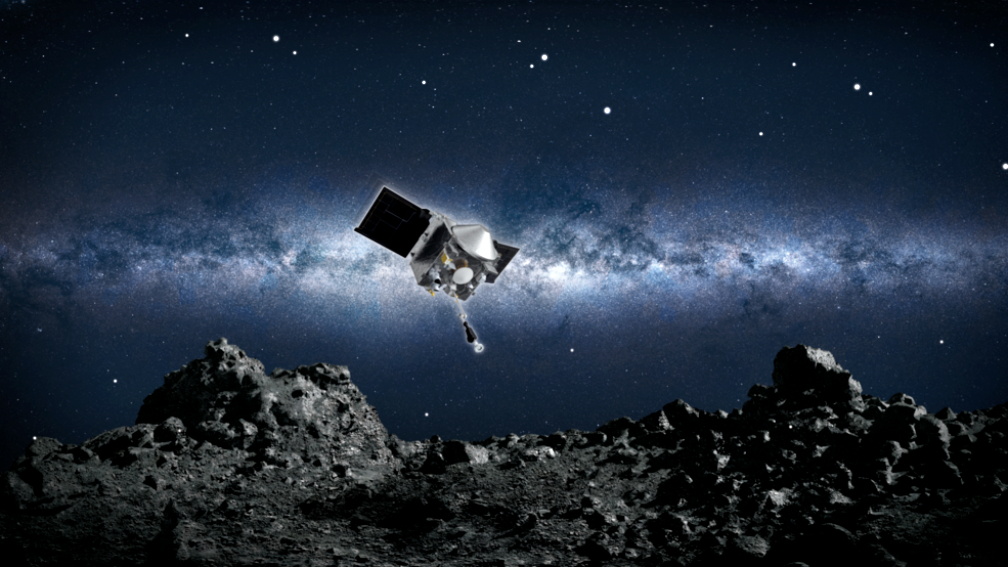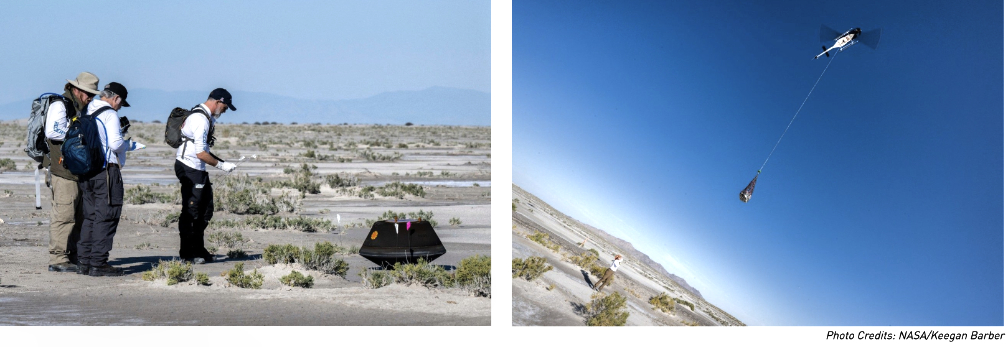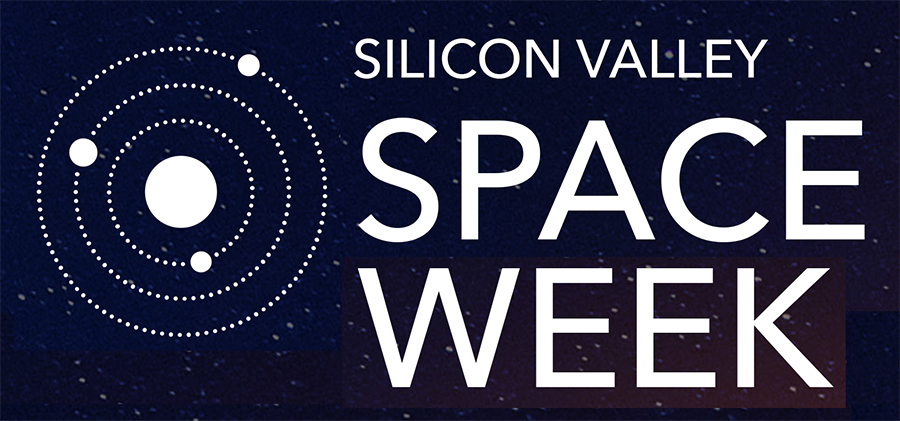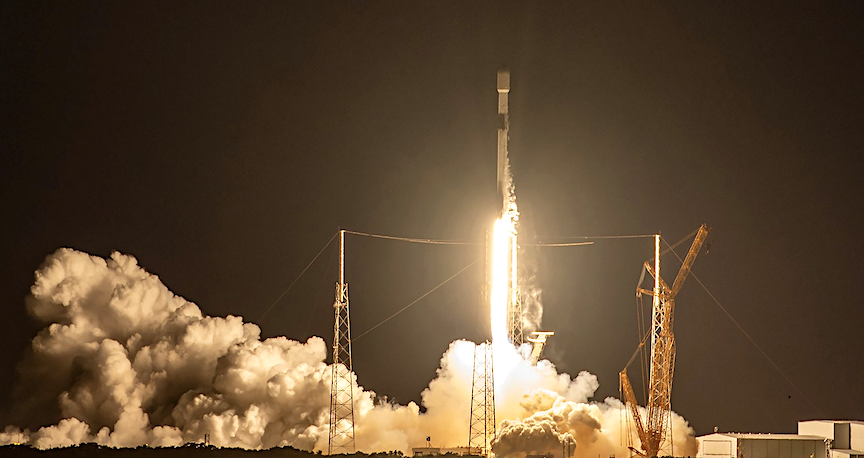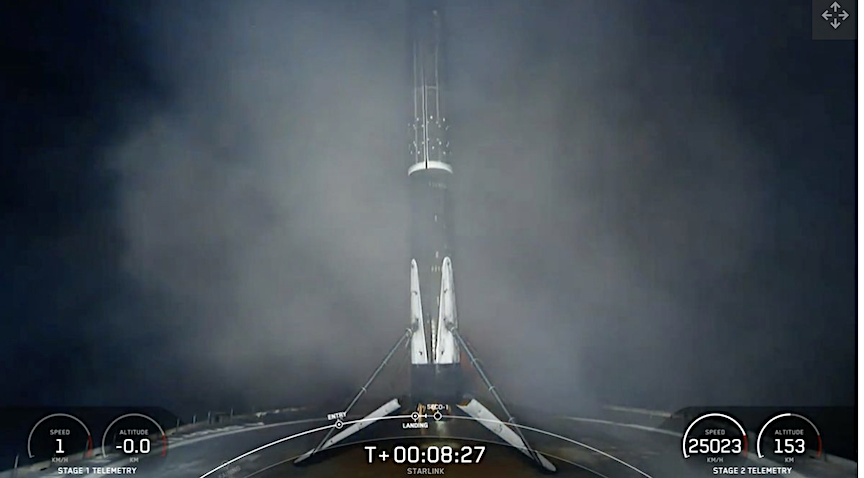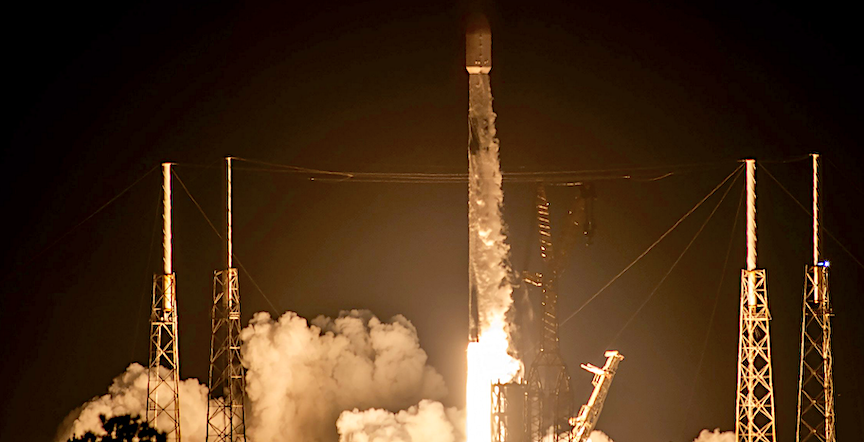
UPDATE: The weather held and so on Friday, September 29 at 10:00 p.m. ET, Falcon 9 launched 22 Starlink satellites to low-Earth orbit from Space Launch Complex 40 (SLC-40) at Cape Canaveral Space Force Station in Florida.
This was the 10th flight for the first stage booster supporting this mission, which previously launched CRS-24, Eutelsat HOTBIRD 13F, OneWeb 1, SES-18 and SES-19, and now six Starlink missions.
Following stage separation, two and half minutes into flight, booster 1069, which was making its 10th flight, landed on the drone ship “A Shortfall of Gravitas,” stationed about 420 miles (675 km) downrange in the Atlantic east of the Bahamas. Touch down occurred about eight and half minutes after launch.
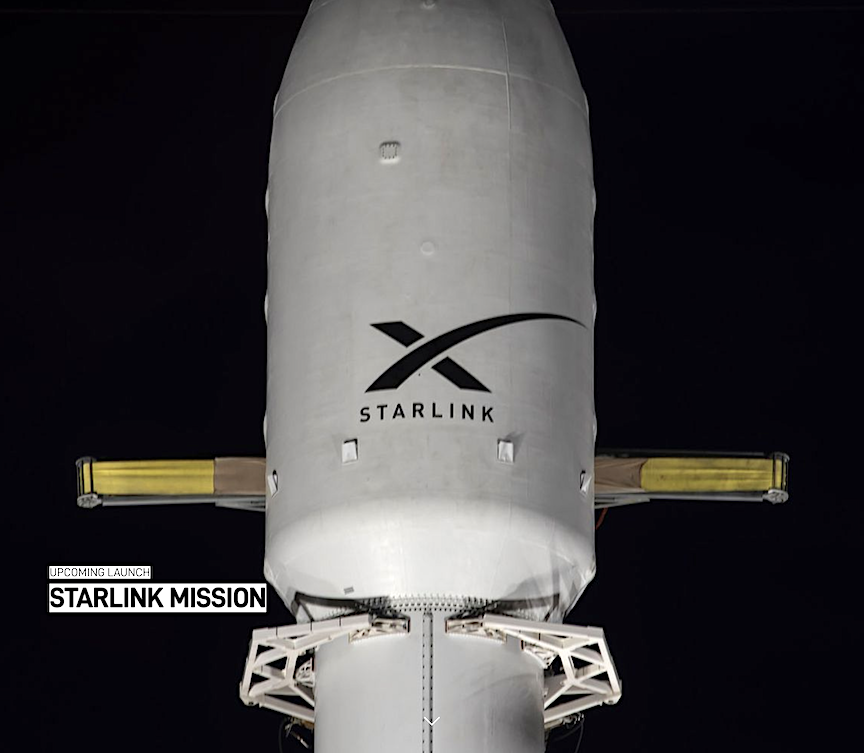
SpaceX is now targeting Friday, September 29 at 6:39 p.m. ET for a Falcon 9 launch of 22 Starlink satellites to low-Earth orbit from Space Launch Complex 40 (SLC-40) at Cape Canaveral Space Force Station in Florida.
If needed, three backup opportunities are available starting at 7:34 p.m. ET until 10:15 p.m. ET.
While the California-based company did not say why it was pushing back its launch, originally scheduled for Thursday at 7:28 p.m. ET, it is possible that it was due to severe weather that has plagued most of Central Florida for the majority of the week. SpaceX is now aiming to launch the Starlink 6-19 mission on Friday from Cape Canaveral Space Force Station.
This is the 10th flight for the first stage booster supporting this mission, which previously launched CRS-24, Eutelsat HOTBIRD 13F, OneWeb 1, SES-18 and SES-19, and five Starlink missions. Following stage separation, the first stage will land on the A Shortfall of Gravitas droneship, which will be stationed in the Atlantic Ocean.
A live webcast of this mission will begin on X @SpaceX about five minutes prior to liftoff.

